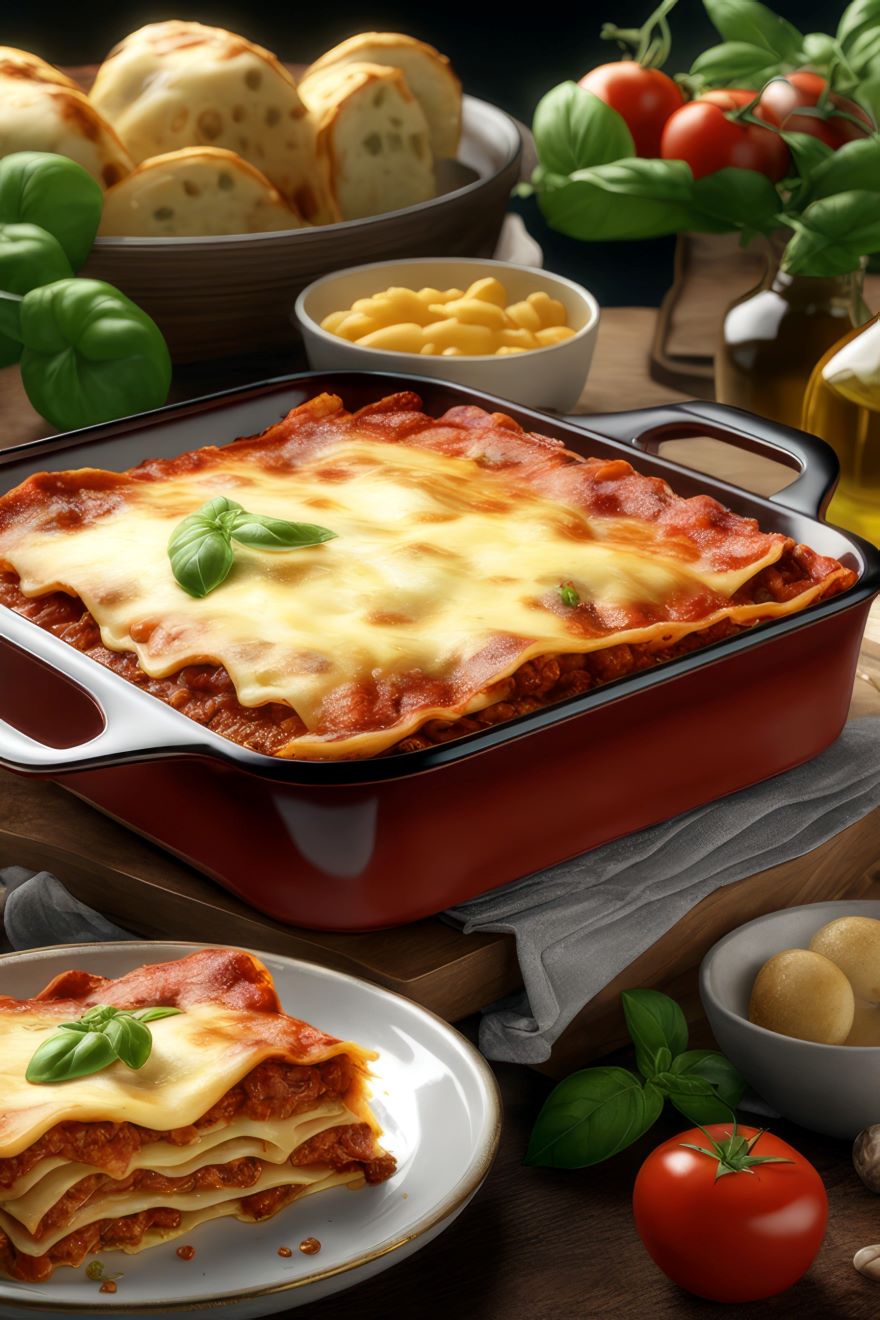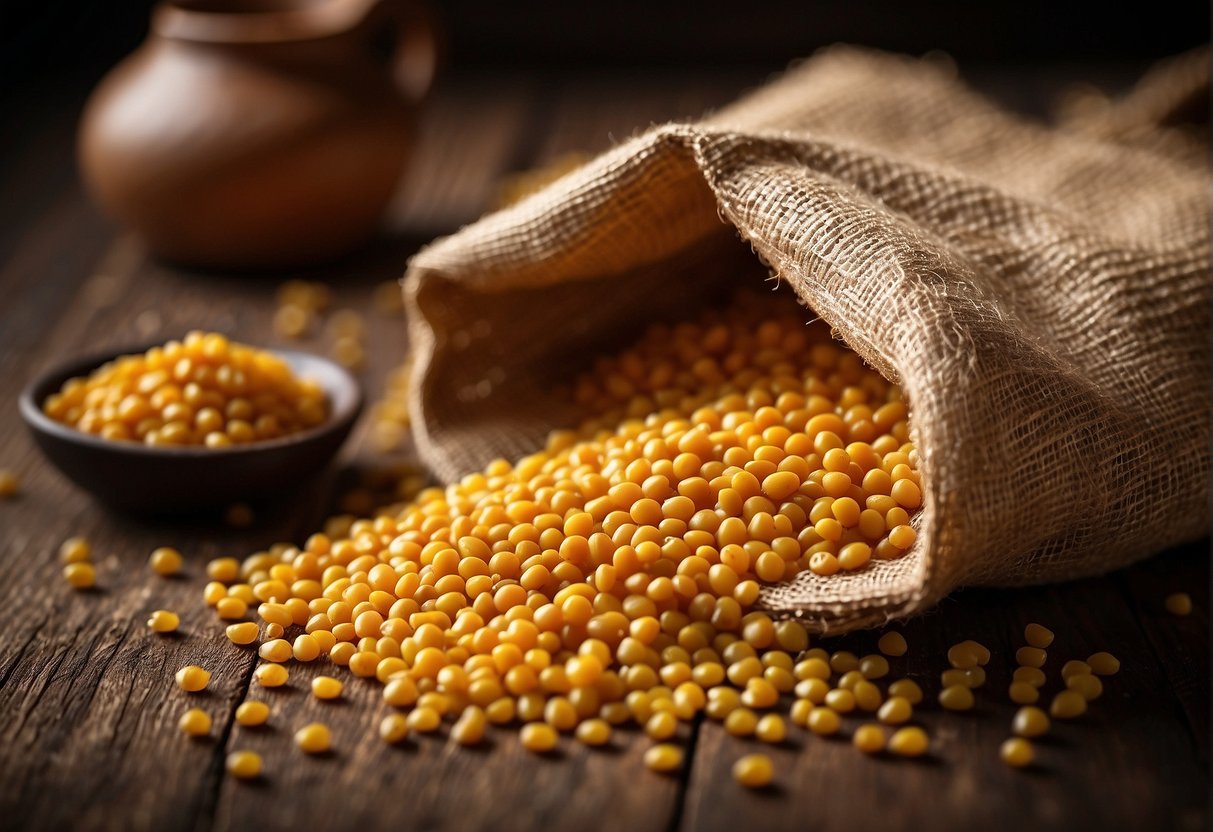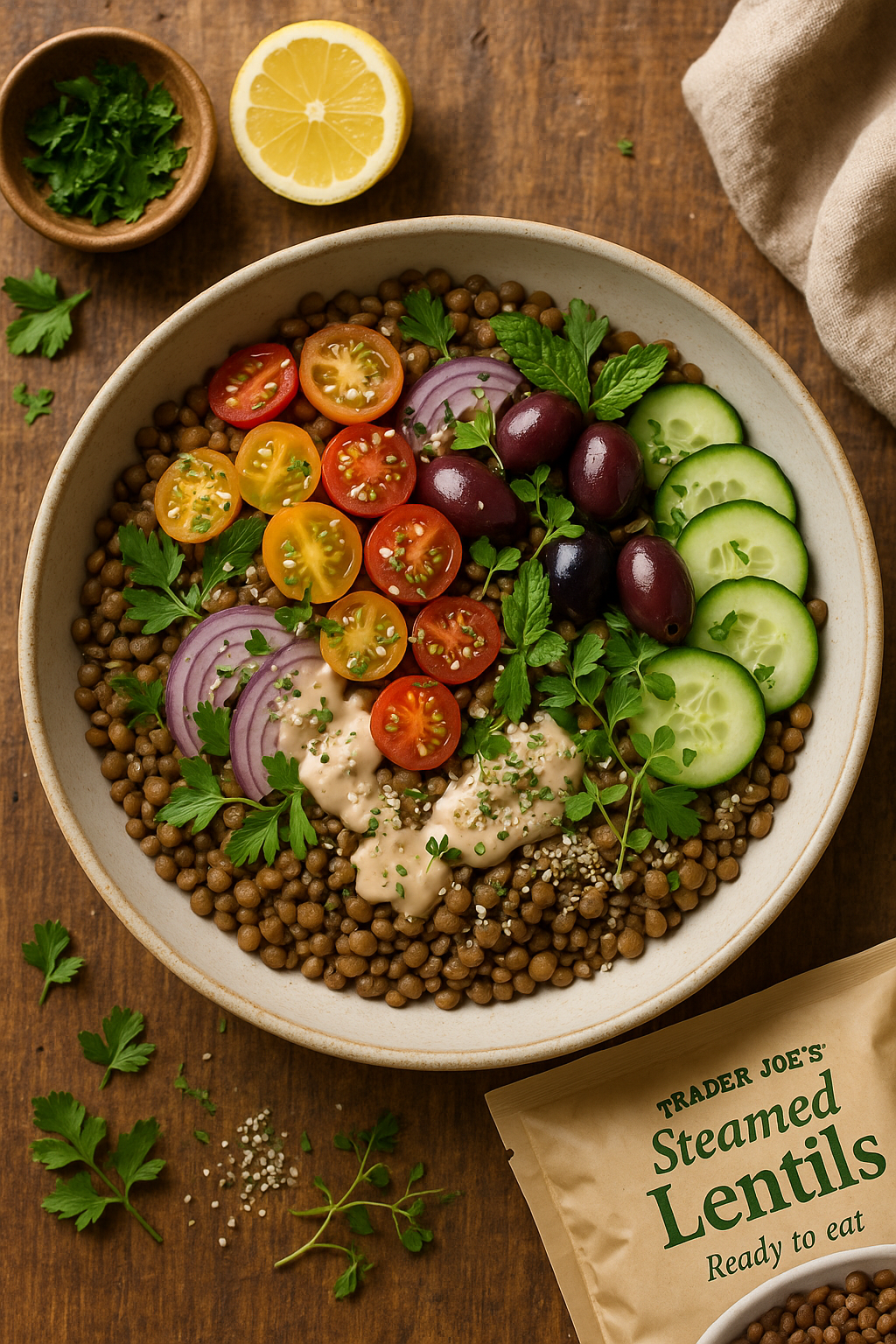The sound of my family’s forks scraping against their plates echoed through our dining room. Nobody spoke. My heart sank as I watched them push around bits of what should have been a creamy, comforting lasagna but instead resembled a watery, separated mess. Six months into my dairy-free journey, and I still couldn’t recreate the magic of our traditional Sunday dinner. I quietly stood up, grabbed my untouched plate, and dumped another failed attempt into the trash.
That moment – watching my latest dairy-free disaster circle the garbage disposal – became my turning point. Through tears, I made myself a promise: I would master dairy-free lasagna, not just for me, but for everyone who thought giving up dairy meant giving up their favorite comfort foods.
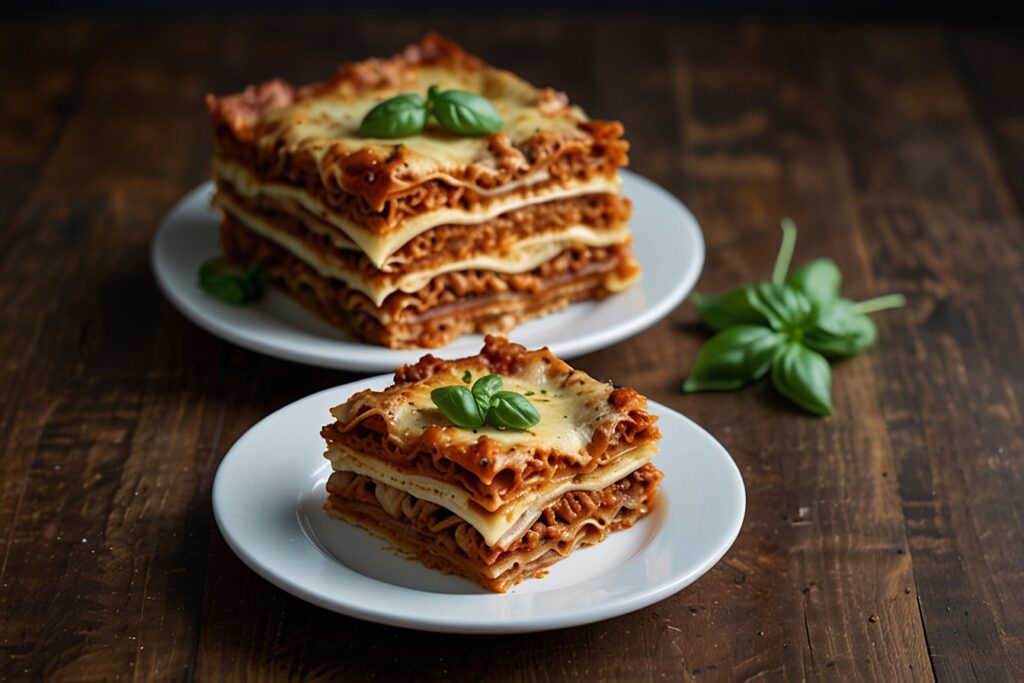
My Unexpected Path to Dairy-Free Living
The decision to eliminate dairy wasn’t a choice made lightly. For years, I struggled with unexplained symptoms – chronic fatigue that coffee couldn’t touch, skin that erupted in angry red patches, and digestive issues that left me mapping bathroom locations everywhere I went. Doctors suggested various solutions, but it wasn’t until one mentioned dairy sensitivity that things clicked.
“Just try eliminating dairy for two weeks,” she said, making it sound so simple. Simple? My family gathered every Sunday for lasagna dinner, a tradition my Italian grandmother started decades ago. These weekly feasts weren’t just meals – they were the threads that wove our family stories together, the comfort we sought in hard times, the celebration of our heritage.
My first dairy-free Sunday, I skipped dinner entirely, claiming a headache. By the second week, my symptoms had improved so dramatically that I knew there was no going back. My skin cleared, my energy soared, and my digestive system finally found peace. But the hole left by our family dinners felt impossible to fill.
The Early Days: A Kitchen Full of Failures
My initial attempts at dairy-free lasagna were nothing short of disasters. I documented each failure in my kitchen journal:
First Attempt: Store-bought vegan cheese that melted into something resembling rubber
Second Attempt: Tofu “ricotta” that tasted like bland scrambled eggs
Third Attempt: Cashew sauce that separated into an oily mess
Fourth Attempt: A soupy coconut milk disaster that made my son ask if we were having soup for dinner
Each failure taught me something. The store-bought cheese showed me that I needed to focus on creating my own sauces. The tofu taught me about seasoning and texture. The cashew sauce? That one taught me patience – good things can’t be rushed.
One tool that completely transformed my dairy-free cooking journey was a high-powered blender. After struggling with grainy sauces and uneven textures, investing in a Vitamix A3500 Ascent Series Smart Blender changed everything. Its powerful motor and variable speed controls create the silkiest cashew sauces imaginable, and the built-in timer ensures perfect consistency every time. Yes, it’s an investment, but it’s the cornerstone of successful dairy-free cooking.
- 64-Ounce Container is ideal for medium to large-sized blends
- Program Settings: Five program settings (for Smoothies, Hot Soups, Dips & Spreads, Frozen Desserts, and Self-Cleaning) ensure walk-away convenience and consistent results
- Touchscreen Controls give the machine a sleek silhouette and are easily wiped clean
- Variable Speed Control and Pulse feature let you manually fine-tune the texture of any recipe
- Wireless Connectivity: The motor base can detect the container size and automatically adjust program settings and maximum blending times accordingly. Add a range of compatible containers and attachments, building a customized system designed to fit your needs
The Breakthrough: My First Successful Recipe
After countless hours researching dairy-free cooking techniques and many more spent experimenting, I developed my first successful recipe. This version became the foundation for everything that followed.
Classic Comfort Dairy-Free Lasagna
The recipe that changed everything
Components
Cashew Bechamel Sauce:
- 2 cups raw cashews, soaked overnight
- 2 cups rich vegetable broth (homemade preferred)
- 4 tablespoons nutritional yeast
- 1 tablespoon fresh lemon juice
- 2 cloves garlic, roasted
- 1/4 teaspoon freshly grated nutmeg
- 1 teaspoon white miso paste
- Salt and white pepper to taste
Tofu Ricotta:
- 2 blocks extra-firm tofu, pressed for 2 hours
- 3 tablespoons nutritional yeast
- 2 tablespoons fresh lemon juice
- 3 cloves garlic, minced
- 1/4 cup fresh basil, finely chopped
- 2 tablespoons fresh oregano
- 1 teaspoon sea salt
- 1/2 teaspoon white pepper
Lasagna:
- 1 package lasagna noodles (check labels for egg)
- 2 packages frozen spinach, thawed and thoroughly drained
- 1 recipe homemade marinara sauce (recipe follows)
- Fresh basil for garnish
Marinara Sauce Preparation
Homemade Marinara:
- 2 28-oz cans San Marzano tomatoes
- 1 large onion, finely diced
- 6 cloves garlic, minced
- 2 tablespoons olive oil
- 2 bay leaves
- 1 tablespoon dried oregano
- 1/2 cup fresh basil, chopped
- Salt and pepper to taste
Detailed Instructions:
- Start with the marinara:
- Heat olive oil in a large pot over medium heat
- Sauté onions until translucent (about 8 minutes)
- Add garlic, cook 2 minutes more
- Add tomatoes, herbs, and seasonings
- Simmer uncovered for 1 hour, stirring occasionally
- Remove bay leaves, blend if desired
- Prepare the bechamel:
- Drain soaked cashews
- Blend with remaining ingredients until silky smooth
- This takes 5-7 minutes in a high-speed blender
- Sauce should be completely smooth with no graininess
- Make the tofu ricotta:
- Crumble pressed tofu into a bowl
- Mix in remaining ingredients
- Let sit 30 minutes for flavors to meld
- Assembly and baking:
- Preheat oven to 375°F
- Spread marinara on bottom of 9×13 baking dish
- Layer: noodles, tofu ricotta, spinach, bechamel
- Repeat layers 3 times
- Cover tightly with foil
- Bake 45 minutes covered
- Uncover, bake 15 minutes more until golden
- Let rest 20 minutes before serving
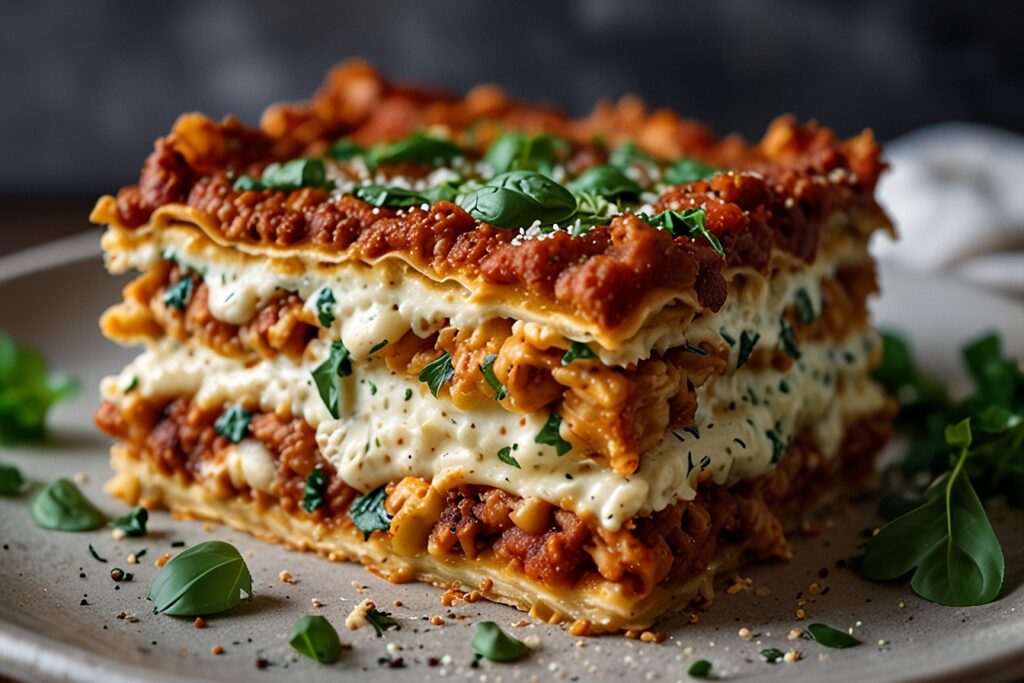
Success Tip: Make the marinara and bechamel a day ahead. The flavors develop beautifully overnight, and assembly becomes much easier.
The Mediterranean Inspiration
My next breakthrough came from focusing on Mediterranean flavors that naturally complemented dairy-free cooking. This version celebrates vegetables and herbs in a way that makes you forget about cheese entirely.
Mediterranean Garden Lasagna
A celebration of fresh ingredients and bold flavors
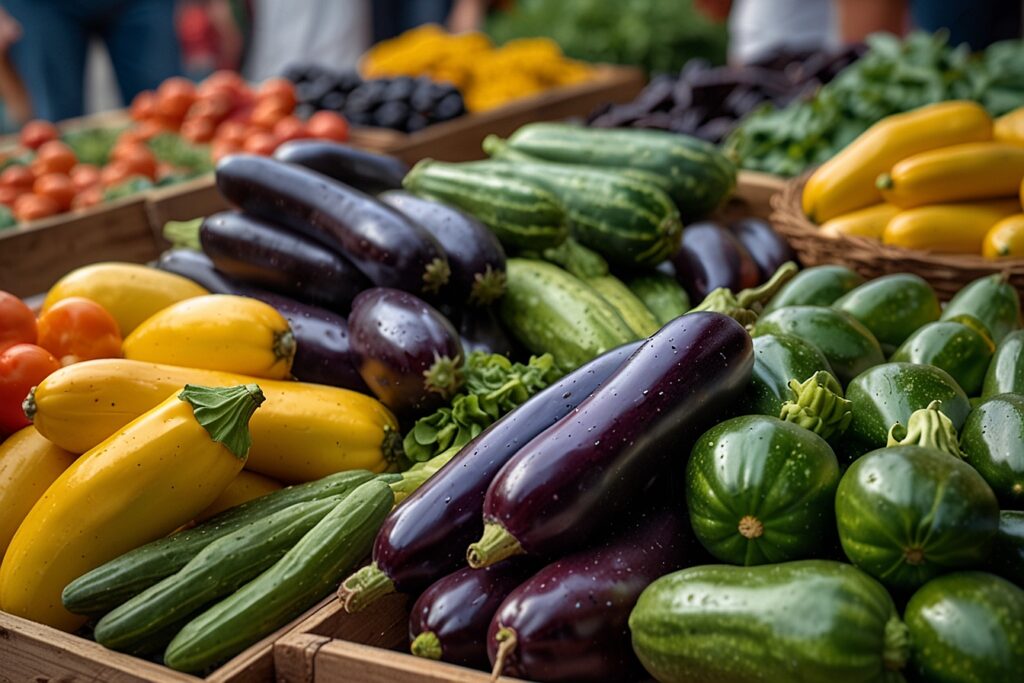
For the Roasted Vegetable Layer:
- 2 medium eggplants, sliced 1/4 inch thick
- 3 zucchini, sliced lengthwise
- 2 red bell peppers, cut into strips
- 1 large onion, sliced into rings
- 4 cloves garlic, whole
- 1/4 cup olive oil
- 2 tablespoons fresh rosemary, chopped
- 2 tablespoons fresh thyme
- Sea salt and black pepper
For the Sun-Dried Tomato Cashew Ricotta:
- 2 cups cashews, soaked overnight
- 1/2 cup sun-dried tomatoes, rehydrated
- 3 tablespoons nutritional yeast
- 1/4 cup fresh basil leaves
- 2 cloves garlic
- 2 tablespoons lemon juice
- 1 teaspoon sea salt
- Water as needed for blending
Detailed Assembly Instructions:
- Roast vegetables:
- Toss with oil, herbs, salt, and pepper
- Spread on parchment-lined baking sheets
- Roast at 400°F for 25-30 minutes
- Let cool slightly before assembly
- Prepare ricotta:
- Blend all ingredients until smooth
- Add water gradually for desired consistency
- Taste and adjust seasonings
- Layer and bake:
- Start with marinara sauce
- Add noodles, ricotta, roasted vegetables
- Continue layering, finishing with sauce
- Cover and bake at 375°F for 40 minutes
- Uncover for final 15-20 minutes
The Game-Changer: Butternut Squash “Cheese” Sauce
My third recipe revolution came from an unexpected source – butternut squash. This version offers the creamiest, most satisfying texture yet, plus added nutrients.
Golden Harvest Lasagna
The ultimate comfort food makeover
For the Butternut Cream Sauce:
- 1 medium butternut squash, roasted
- 1 cup full-fat coconut milk
- 3 tablespoons nutritional yeast
- 2 cloves roasted garlic
- 1 tablespoon white miso paste
- 1 teaspoon onion powder
- 1/4 teaspoon nutmeg
- Salt and white pepper to taste
For the Mushroom-Lentil Filling:
- 2 cups brown lentils, cooked
- 1 pound mushrooms, finely chopped
- 1 large onion, diced
- 3 cloves garlic, minced
- 2 tablespoons fresh thyme
- 2 tablespoons tomato paste
- 1/2 cup vegetable broth
- Salt and pepper to taste
Step-by-Step Assembly:
- Prepare the squash sauce:
- Cut squash in half, remove seeds
- Roast cut-side down at 400°F (45 minutes)
- Scoop flesh into blender
- Add remaining ingredients
- Blend until silky smooth
- Make the filling:
- Sauté mushrooms until golden
- Add onions, cook until translucent
- Stir in garlic and thyme
- Add lentils and tomato paste
- Moisten with broth
- Season to taste
- Layer and bake:
- Start with thin layer of squash sauce
- Add noodles, mushroom-lentil mixture
- Continue layering
- Top with extra butternut sauce
- Cover and bake at 375°F for 40 minutes
- Finish uncovered for 15 minutes
Seasonal Variations
Each season brings new inspiration for dairy-free lasagna creations:
Spring:
- Asparagus and pea filling
- Fresh herb-infused cashew cream
- Lemon zest brightness
Summer:
- Garden-fresh tomato sauce
- Grilled zucchini layers
- Fresh basil abundance
Fall:
- Roasted pumpkin sauce
- Sage and mushroom filling
- Caramelized onion layers
Winter:
- Root vegetable filling
- Rosemary-infused sauce
- Hearty lentil layers
Troubleshooting Guide
Common issues and solutions I’ve discovered:
- Watery Lasagna:
- Press tofu thoroughly (at least 2 hours)
- Drain spinach completely
- Reduce moisture in roasted vegetables
- Let rest 20-30 minutes before serving
- Grainy Sauce:
- Soak cashews properly (overnight or boiling water method)
- Blend longer than you think necessary
- Use high-speed blender if possible
- Noodle Issues:
- Don’t overcook if boiling first
- Cover well with sauce
- Check moisture level halfway through baking
Perfect tofu texture starts with proper pressing, and I learned this the hard way through many watery lasagnas. The Tofuture Tofu Press transformed my preparation process. This innovative press removes excess moisture evenly and efficiently, with a design that catches the liquid and fits easily in your fridge. Since investing in a proper press, my dairy-free ricotta has reached a whole new level of authenticity.
- Susanna and Adam created their unique Tofu Press to press tofu evenly and cleanly to give you perfect, very firm, crack-free tofu every time with no fuss and no mess. Just pop the tofu into the Press, pull down the clips and leave it in the fridge.
- Our Unique Tofu Press presses tofu evenly and cleanly to give you perfect, very firm, crack-free tofu every time with no fuss and no mess. Just pop the tofu into the Press, pull down the clips and leave it in the fridge.
- Our patented, simple to use press has only 3 parts and allows for mess-free pressing with no need for paper towels. Your tofu will keep its shape when pressed and will not fall apart when cooking.
- Fits 8-12oz blocks of tofu – adjustable settings on 3 levels allow you to press different sizes of tofu and allows you to press either firm block tofu or gently drain silken tofu when making sauces or dips.
- In the unlikely event of any problems just contact us for personal customer service and no quibble returns policy. Our Tofu Press is designed to be sturdy and last for years.
Building Your Support System
Success in dairy-free cooking isn’t just about recipes – it’s about community. Here’s how I built mine:
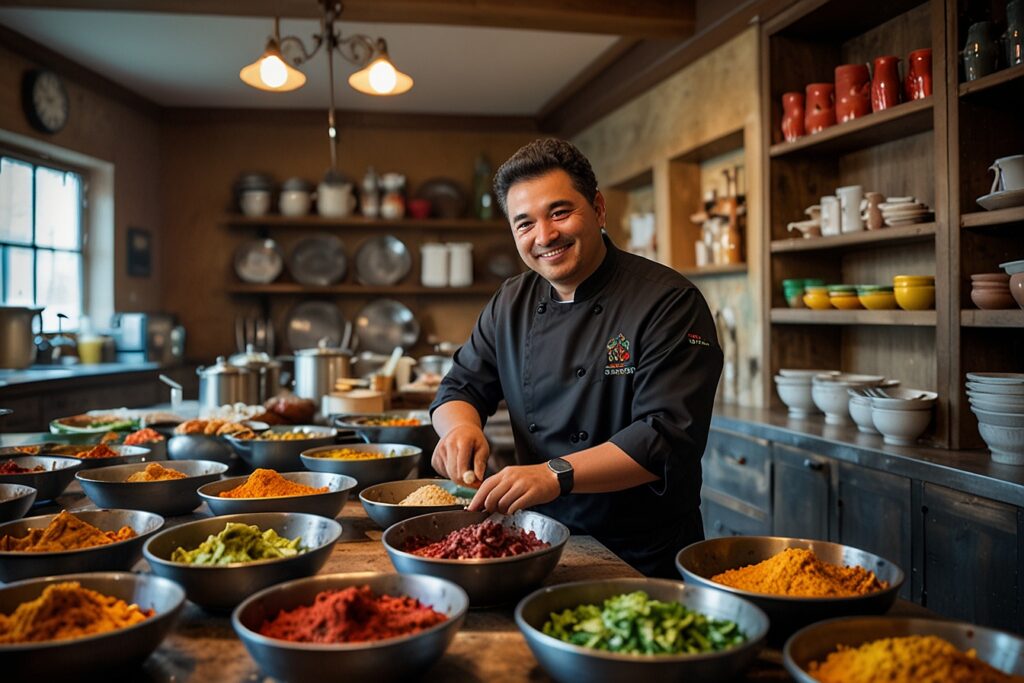
- Social Media Presence:
- Started an Instagram account (@mynutritionfoods)
- Share progress photos
- Connect with other dairy-free cooks
- Post weekly tips and tricks
- Local Connections:
- Joined vegetarian/vegan meetups
- Joined a monthly cooking club
- Connected with local farms
- Hosted workshops
- Online Resources:
- Created a resource library
- Started a blog
- Joined Facebook groups
- Participated in forums
Cultural Adaptations
My dairy-free journey led me to explore global flavors:
Japanese-Inspired:
- Miso-glazed eggplant layers
- Umami-rich mushroom filling
- Dashi-based sauce
Mexican-Style:
- Black bean and corn layers
- Cashew queso sauce
- Chipotle-spiced filling
Greek-Inspired:
- Pine nut cream sauce
- Spinach and olive filling
- Herb-infused layers
Health Transformations
Since going dairy-free, I’ve experienced:
- Clear, glowing skin
- Improved digestion
- Better sleep patterns
- Increased energy
- Mental clarity
- Weight management
- Reduced inflammation
Celebrating Success
Mark your dairy-free victories:
- Host tasting parties
- Document your journey
- Share recipes online
- Start a cooking blog
- Teach others
A quality baking dish makes all the difference in how your lasagna cooks and presents. I swear by my Le Creuset Heritage Stoneware Deep Rectangular Dish. The deep sides are perfect for multiple layers, it heats evenly, and the gorgeous design means it can go straight from oven to table. Plus, the glazed surface prevents sticking and makes cleanup a breeze.
- Premium stoneware ensures excellent heat distribution for uniform browning and even cooking with no hot spots
- Superior heat retention keeps food warm or cold for serving
- Colorful glaze is nonporous, non-reactive, scratch-resistant, and resists stains and flavor absorption
- Virtually nonstick interiors easily release food for quick clean-up, and resist cracking and crazing
- Unmatched thermal resistance for temperatures ranging from -9°F to 500°F
Looking Forward
Your dairy-free journey begins now:
- Join our community: www.facebook.com/groups/mynutritionfoods/
- Try one recipe weekly
- Share your progress
- Celebrate small wins
A New Family Tradition
Now when I serve my dairy-free lasagna at Sunday dinners, something magical happens. My grandmother, who once doubted lasagna could exist without cheese, asks for seconds. My kids clean their plates. Friends request the recipe.
More importantly, our family dinners remain what they’ve always been – a time for connection, love, and tradition. The lasagna might be different, but the joy it brings remains the same.
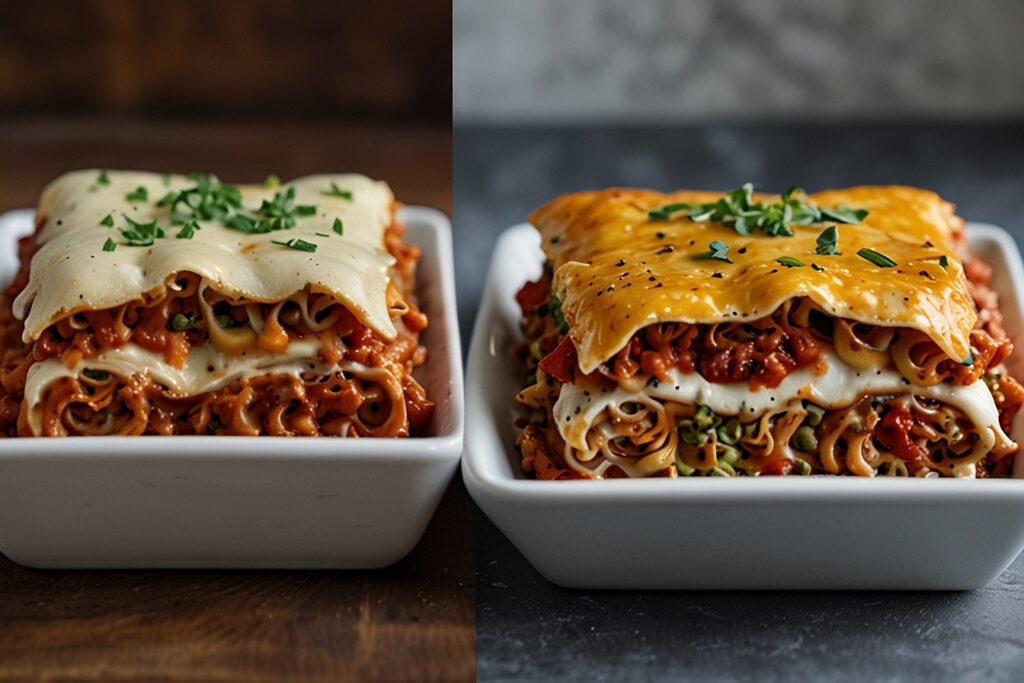
My kitchen has become a laboratory of dairy-free possibilities, and each success builds on the last. Through this journey, I’ve learned that limitations often lead to the most creative solutions. What started as a dietary restriction has blossomed into a passion for creating food that brings people together and makes everyone feel good.
Are you ready to begin your own dairy-free journey? Remember, every expert was once a beginner. Your perfect dairy-free lasagna is waiting to be created, and I’m here to help you along the way.
Take the first step today: Follow me on social media for daily tips and inspiration, and sign up for my newsletter to receive exclusive recipes and dairy-free guidance straight to your inbox.
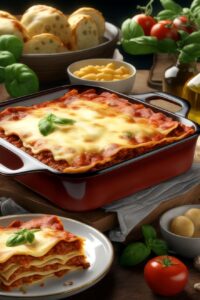
*We may earn a commission for purchases made using our links. Please see our disclosure to learn more.

